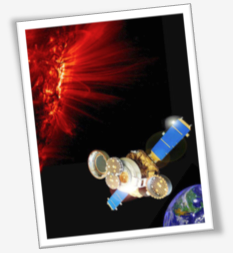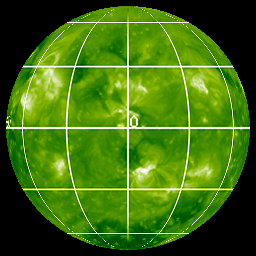
As part of a series of electronic professional development experiences for educators, the NASA Explorer Schools project and the National Science Teachers Association are hosting two 90-minute live professional development Web seminars for educators this week.
Chemical Elements: Genesis — What Are We Made Of?
On May 1, 2013, at 6:30 p.m. EDT, learn how to use the “What Are We Made Of?” hands-on activity to integrate mathematics and physical science in your classroom. Discover how students can use statistical sampling to estimate the chemical composition of the sun by analyzing data in a way similar to the one used by scientists who analyzed solar particles collected by the Genesis spacecraft. For more information and to register online, visit the NSTA Learning Center.
Temperature and Earth Climate: Modeling Hot and Cold Planets
On May 2, 2013, at 6:30 p.m. EDT learn how to use NASA mission data collected from NASA satellites to see how a planet’s climate is determined. Attend this session and discover how you can incorporate authentic NASA data into your classroom to provide a real-world connection for your students. For more information and to register online, visit the NSTA Learning Center.
This is the last time these seminars will be offered during the current school year.

 Analysis from NASA’s Genesis mission indicates our sun and its inner planets may have formed differently than previously believed.
Analysis from NASA’s Genesis mission indicates our sun and its inner planets may have formed differently than previously believed. Detectors on the Herschel Space Observatory’s large telescope have provided the first confirmation of oxygen molecules in space. The molecules were detected within the Orion Nebula.
Detectors on the Herschel Space Observatory’s large telescope have provided the first confirmation of oxygen molecules in space. The molecules were detected within the Orion Nebula.
 This movie shows a spherical map of the Sun, formed from a combination of STEREO Ahead and Behind beacon images, along with an SDO/AIA image in between. The movie starts with the view of the Sun as seen from Earth, with the 0 degree meridian line in the middle. The map then rotates through 360 degrees to show the part of the Sun not visible from Earth. The black wedge shows the part of the Sun not yet visible to the STEREO spacecraft.
This movie shows a spherical map of the Sun, formed from a combination of STEREO Ahead and Behind beacon images, along with an SDO/AIA image in between. The movie starts with the view of the Sun as seen from Earth, with the 0 degree meridian line in the middle. The map then rotates through 360 degrees to show the part of the Sun not visible from Earth. The black wedge shows the part of the Sun not yet visible to the STEREO spacecraft.